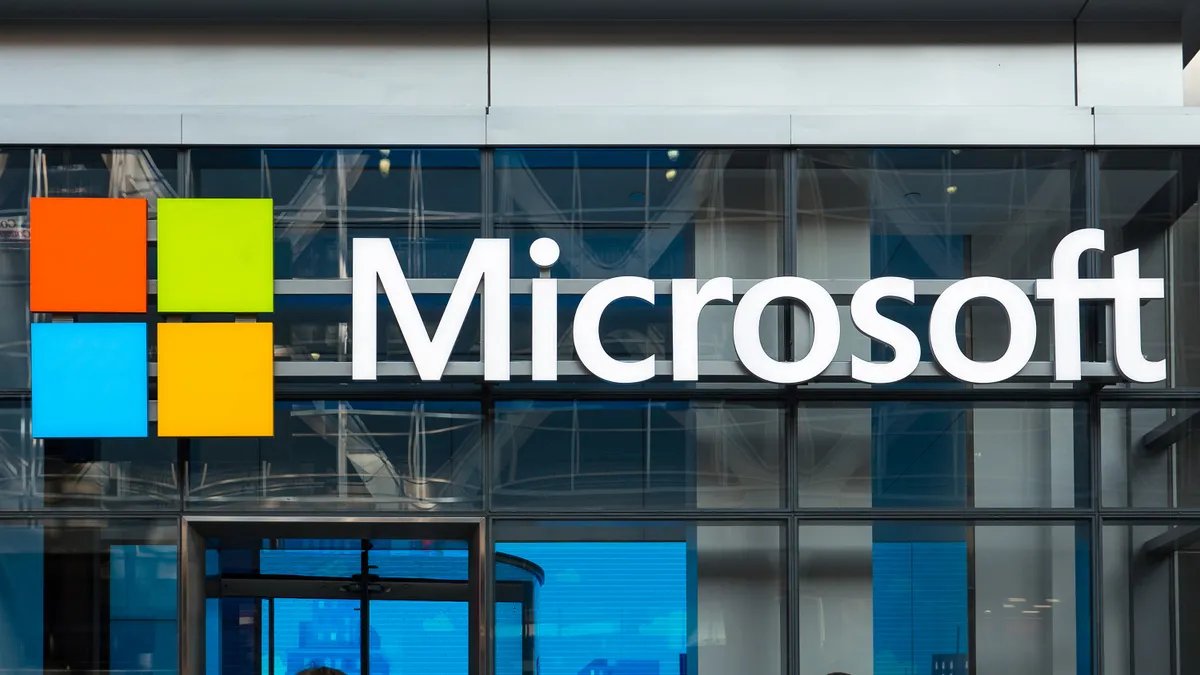Dive Brief:
-
The Windows 10 Creators Update arrived Thursday, bringing with it enhancements to the visual layer (effects, animations and transitions), improvements to ink, Bluetooth upgrades and more powerful APIs for Surface Dial, according to a Microsoft blog.
-
With Creators update, Microsoft specifically looked to meet the needs and requests of programmers and developers. Therefore, this version also includes new ways for users to connect and engage with apps using the Cortana Skills Kit and improvements to the Windows Console and the Windows Subsystem for Linux.
-
Microsoft is also looking to enhance the gamer experience, adding new ways for game developers to reach audiences by publishing UWP games on the Xbox via the Xbox Live Creators Program as well as 3D experiences on HoloLens and new mixed reality headsets via the Windows Mixed Reality Platform, according to the company blog.
Dive Insight:
Windows 10 has had the most rapid launch ever of a Windows OS and continues to grow steadily. As of October, Windows 10 had a 22% share of desktop software worldwide. Windows 7 was still more popular, however, with a share close to 40%.
Microsoft is particularly interested in growing enterprise use of Windows 10 and moving users off Windows 7, and it is positioning Creators Update to facilitate that. In August, a survey of IT professionals by Adaptiva found companies ranked the new security features of Windows 10 as a key driver for migration. Creator is one of the most secure versions of Windows ever, according to Intel. Microsoft is pushing security hard with Creator in hopes it will help motivate enterprise users to move to Windows 10 just a bit faster.
Microsoft has faced a barrage of complaints about its privacy practices since Windows 10 launched. With the Creators update, the company is also updating its privacy statement, publishing information about the data it collects and improving in-product information about privacy in Windows 10. With the European Union's General Data Protection Regulations set to go into effect next year, Microsoft wants to keep users and regulators happy.











